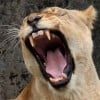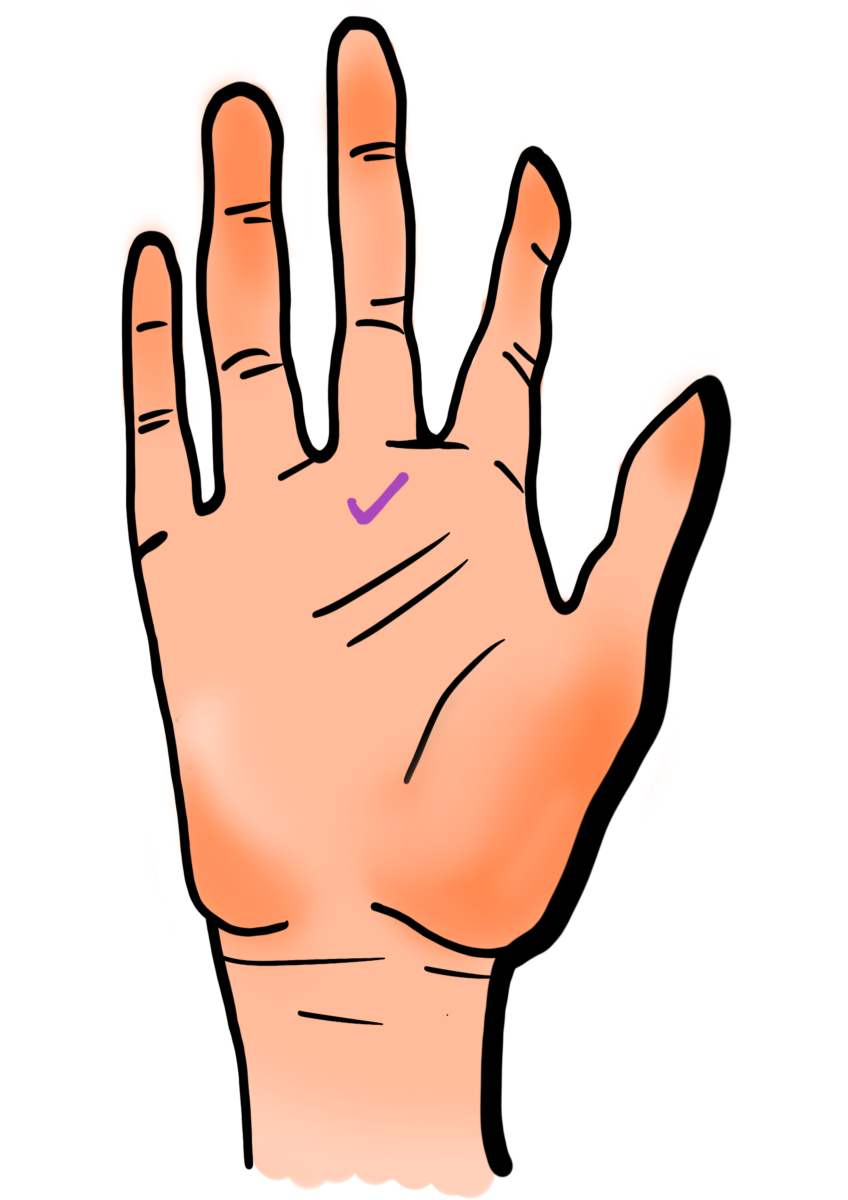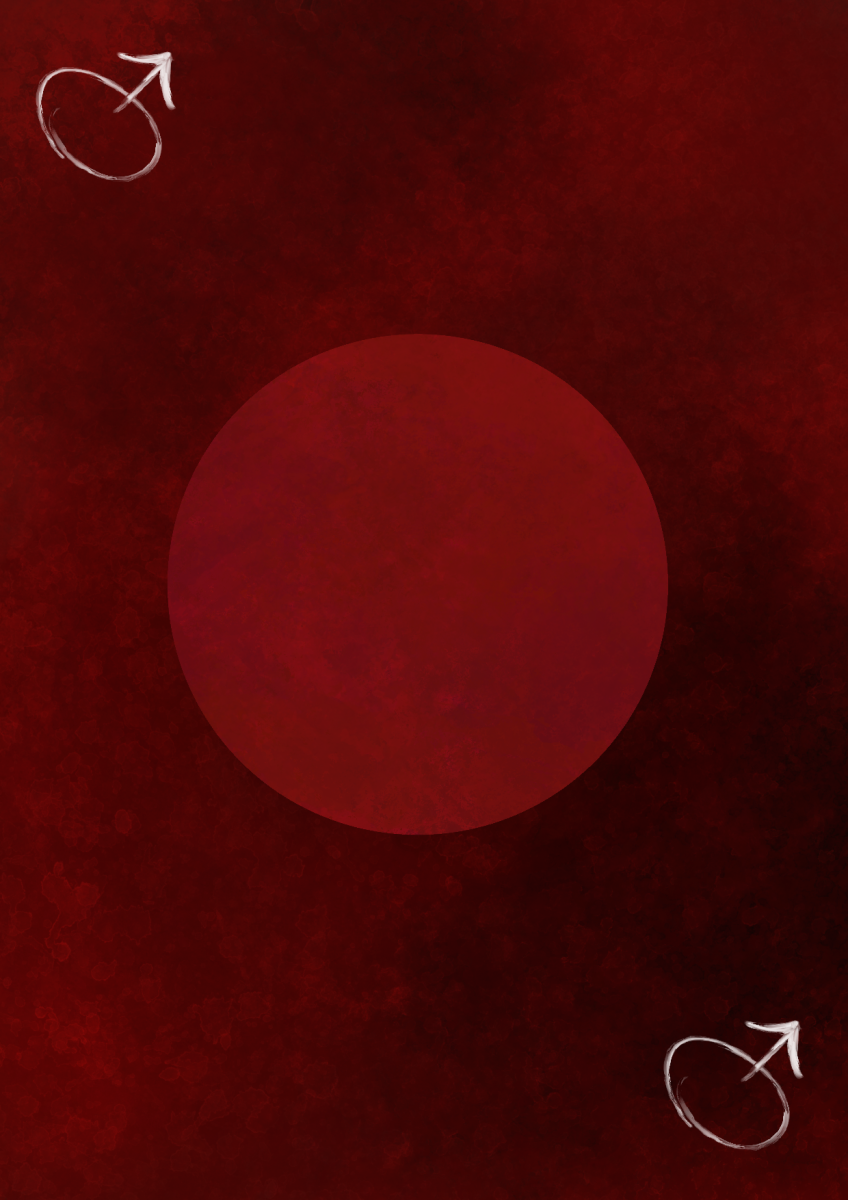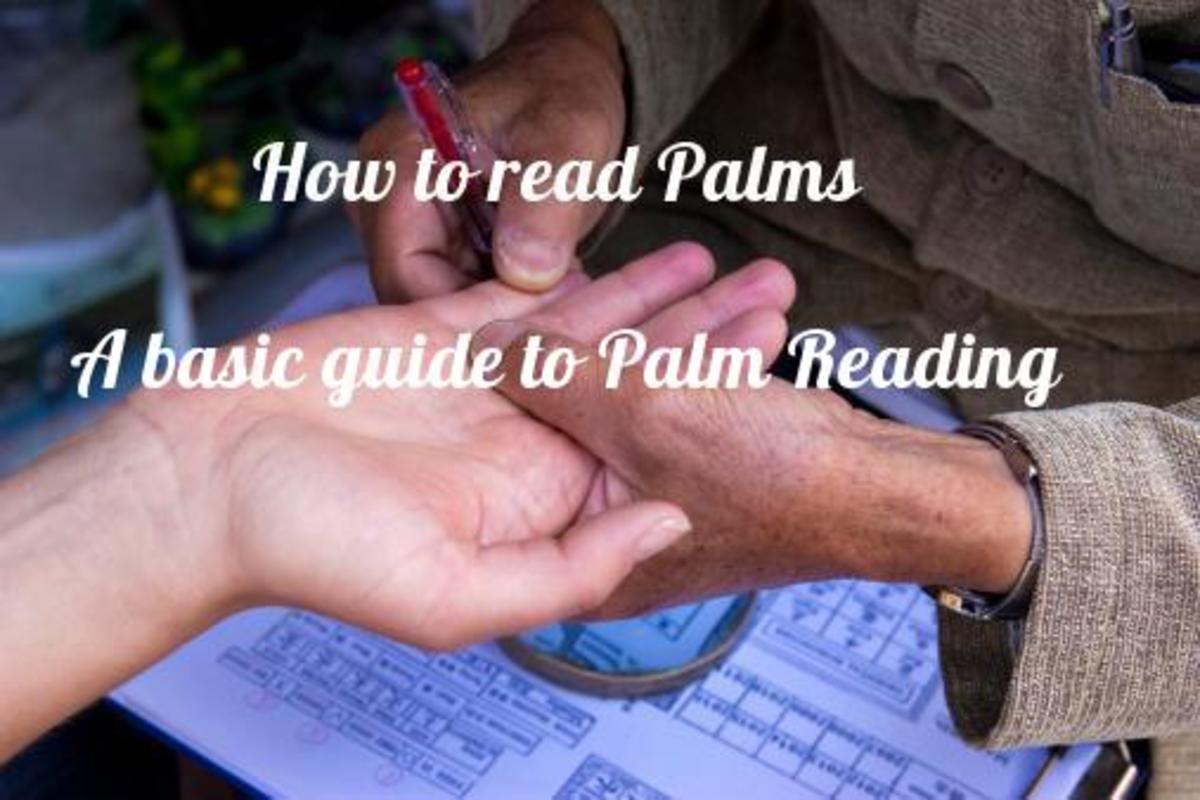How to Read Palms Palmistry
Palmistry
Palmistry is the art of telling what a person is like and what will happen to them by looking at the lines on the palm of their hand. It is an attempt to analyze a person’s character or predict his or her destiny by studying the features of his or her palm. To some people, palmistry is an actual science but to others, it is just gypsy quackery.
This art was introduced to Europe from Asia by Gypsies during the Renaissance- an era marked by the study of an individual’s body parts to glean information about their personality. From its early acceptance as a priestly pastime, palmistry had degenerated by the 20th century into a medium of commercialized fortune-telling in the Western world. For a few cents you could have your fortune told each year at the local fair, and people began to view its authenticity with a skeptical eye.
No two people have the same fingerprints
No two people have the same fingerprints, just as no two people have the same lines on their palms. Each person’s unique set of lines is already determined at birth by an omnipotent outside force. Those who can read the writing on the palm are able to decipher our character and future, and for thousands of years people have been turning to the palmist for a helping hand. The lines on a palm can reflect either positive or negative attributes.
There is a saying in palmistry that the left hand is what we are born with, the right is the hand we make. It means that one hand is determined by our parents, the other by what we choose to do with our life. Just as no two individuals share the same lines, even your own two hands are different. If you are right-handed examine the right palm; left-handers read the left palm. The palmist looks at a variety of factors when analyzing a palm, including the color and texture of the skin, shape of the hand, nail shape, and the length of the fingers. Most important are the four major lines on the palm:
Four Major Lines on the Palm
Most important are the four major lines on the palm:
1. The life line.
It swings in a wide arc near the thumb. Along it is marked time, illness and death. Events foreshadowed by other important lines can also be verified here.
2. The fate line.
Also known as the line of destiny, it relates to all worldly affairs, people who influence us, successes, failures and obstacles. It can originate at a number of different areas.
3. The heart line.
This is an important line as it is reflected in the importance we attribute to love in our everyday life. It rises from three important positions: from below the centre of the index finger, from below the centre of the second finger and between the first and second finger.
4. The head line.
It relates to the mentality of a person, their intellect, temperament, and quality of talent. It is normally below the heart line.
Working in tandem with these four major lines are six mounts:
- The mount of Jupiter: it is at the base of the first finger.
- The mount of Saturn: it is at the base of the second finger.
- The mount of Apollo: it is at the bottom of the ring finger.
- The mount of Mercury: it is at the base of the little finger.
- The mount of Luna: it is below the mount of Mercury at the base of the hand.
- The mount of Venus: it is under the base of the thumb and inside the Life line.
The palmist must study the position of the four major lines and each line’s condition. Is it pale or faint? This could indicate a lack of energy and decision. A dark, deep line, on the other hand, points to a grave temperament and unforgiving nature. However, lines and character marks can change. “The actual arrangements of the lines do not change as much as the actual make-up of the line,” Devdas Pandya, a palmist, says. If you take precautions against a future calamity that a palmist foresees, the negative mark will disappear. The important thing to remember when visiting a palmist is that hands only show potential limitations or success. “Coming events cast their shadows on the palm,” says Pandya. It is, however, always possible to replace the shadows with sunlight.









